Current Research: Pest Management
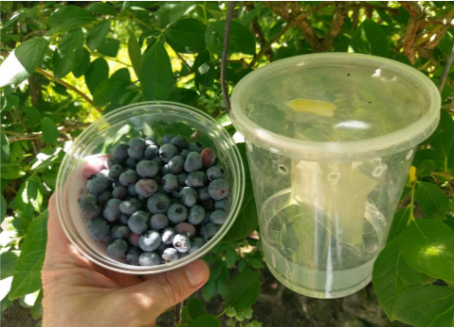
Risk prediction to improve IPM programs for spotted wing Drosophila in Michigan blueberries
This project funded by the MDARD SCBG program seeks to improve spotted wing Drosophila management programs on Michigan blueberry farms and reduce dependence on insecticides. We are working to develop a decision system for growers to implement on their farms that incorporates information gained from recent analysis of how SWD are affected by winter conditions with the Enviroweather network of weather stations to develop pre-season risk assessments. Sampling of fruit across commercial blueberry farms during the summer will be used to better understand when and where risk of SWD infestation increases. This project also seeks to optimize fruit sampling techniques for speed and cost-effectiveness, and will continue monitoring SWD populations for insecticide resistance. We expect this project will increase grower confidence in their management programs for SWD and will lead to reduced dependence on insecticides for managing this pest.
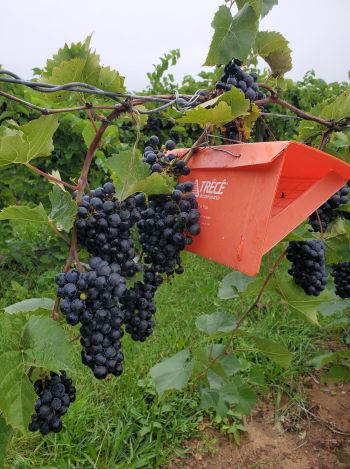
Improving grape berry moth management in Michigan vineyards
Grape berry moth remains a major challenge for vineyard managers in Michigan, resulting in significant yield loss and reduced fruit quality at harvest. To explore reasons for this pest challenge and to explore new control tactics, we are working to conduct widespread monitoring of berry moth populations for their susceptibility to common insecticides. Due to the challenge of reaching this pest in wooded habitats where it persists on wild grapevines, drone-based application is also being tested to determine the effect on reducing infestation in vineyards. Monitoring for this pest is also challenging, especially identifying the timing of late-season populations that cause the greatest economic injury, and so we are exploring some new lures for monitoring berry moth before harvest. Finally, extension staff are working with grape grower organizations to deliver updated IPM programs to the juice and wine grape industries.
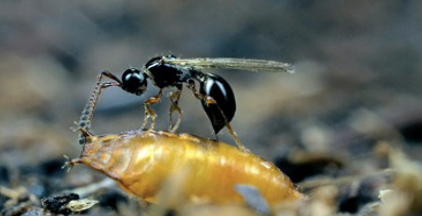
Parasitoid wasps for biological control of SWD
The samba wasp (Ganaspis brasiliensis) is a tiny parasitic wasp that lays its eggs in SWD larvae. After years of evaluation and permit review, USDA APHIS and the Michigan Department of Agriculture and Rural Development have approved release of this wasp in regions where it threatens fruit production. We currently are rearing the samba wasp on campus, and once sufficient numbers of wasps are in colony, targeted releases are planned at blueberry and cherry farms around the state. We will assess the impact of this new species on SWD populations and their potential for establishment in Michigan’s climate.
Additionally, we are aiming to increase the levels of biological control for SWD using native species of parasitic wasps including Pachycrepoideus and Trichopria. Wildflowers are known to increase the lifespan and egg-laying of parasitoid wasps. Therefore, we are testing how wildflower plantings on farms affect parasitism rates. We will evaluate how pesticide residues on flower strips adjacent to the crop might negatively affect parasitoid survival, potentially limiting the effectiveness of this management strategy. This project will add an important new dimension to the tools available for effectively controlling this invasive pest across Michigan landscapes.
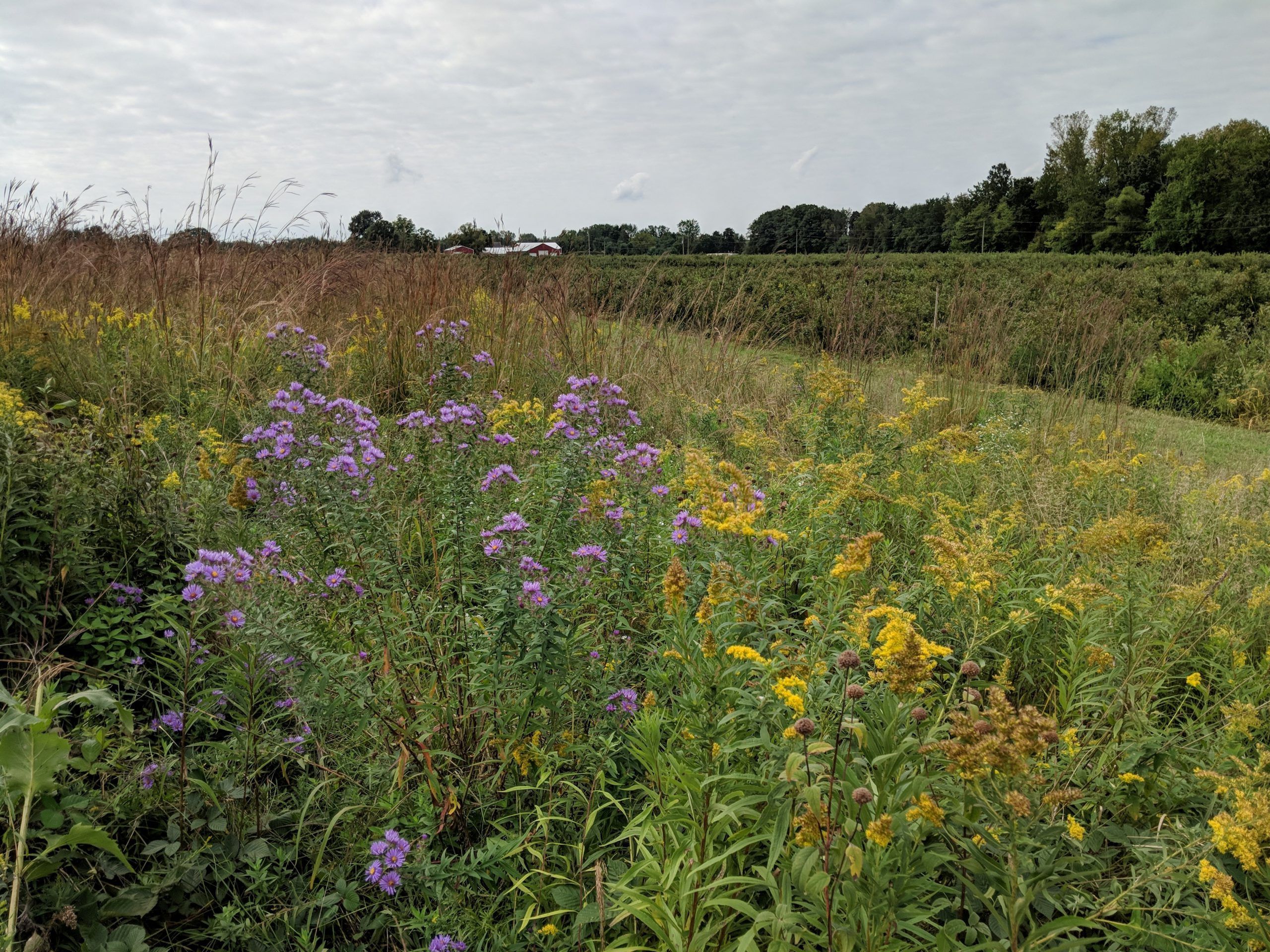
How do management strategies change pest and natural enemy populations within agroecosystems?
Natural enemies can provide meaningful population control of pest insects within agroecosystems. But within intensive agricultural habitats, natural enemy populations are often diminished due to lack of appropriate habitat and chemical pest management programs. This project compares management strategies on different commercial blueberry farms with varying levels of habitat enhancements (such as wildflower plantings) and chemical management (conventional versus organic versus no-spray farms) to monitor natural enemy abundance and activity. We are particularly interested in natural enemy activity in regards to the most economically important pest for highbush blueberry in Michigan, spotted wing drosophila, Drosophila suzukii (SWD). Ground predators of SWD pupae, such as spiders, crickets, and ants, are being monitored, as well as removal rates of SWD pupae under different pest management regimes. We are also monitoring populations of SWD to see if certain management programs lead to elevated pest pressure, as there has been some concern that SWD populations can build up in natural areas, and habitat enhancements (such as wildflower plantings). The dynamics of pest and natural enemy populations under different management programs is therefore important to work out in order to make recommendations for sustainable integrated pest management programs.
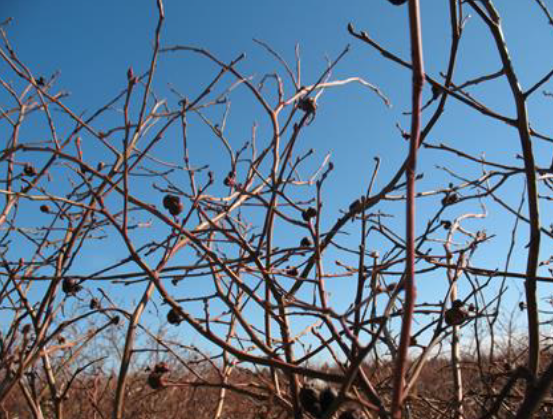
Short- and long-term strategies for management of the resurgent blueberry stem gall wasp
Blueberry stem gall wasp (BSGW) is a native pest of blueberries in the eastern US, and its abundance and economic impact has increased dramatically in recent years. It attacks susceptible cultivars that can have very high gall densities, while others are completely resistant. Galls are formed on new shoots, reducing yield and increasing the risk of blueberries being rejected due to contamination. Management of BSGW with pruning is not sufficient for current BSGW densities, so there is an urgent need for additional strategies. Our long-term goal is to develop and implement an IPM program that integrates new resistant cultivars into the production system but this will take time. For shorter-term solutions, a better understanding of insecticide-based approaches and the response to field management is needed within an economic context. Major objectives of this project are to: 1) Determine pest management strategies that control BSGW while also protecting natural enemies and pollinators, 2) Investigate the effect of bush management on BSGW infestation and yield, 3) Identify genetic source(s) of resistance to diverse BSGW populations, and 4) Deliver a cost-effective BSGW management programs for the US blueberry industry.
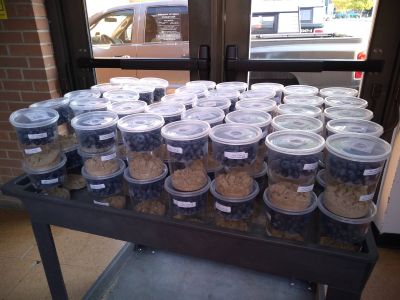
Export-ready pest management programs for MI blueberries
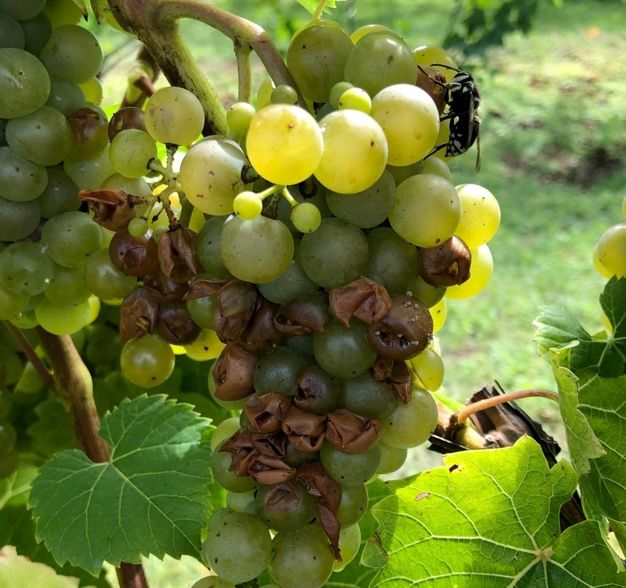
Integrated Pest Management approaches for bunch and rour rot control in MI vineyards
The Michigan wine grape industry has grown rapidly within the state and nearly doubled within the last 10 years to 3,050 acres (USDA NASS Statistics 2017). While the production acres have grown, there are still issues with several pests especially with late season fruit rots that can compromise the quality of grapes and wine. Fruit rots (i.e. sour rot and Botrytis bunch rot) are challenging to control and are multifaceted. Recent research has shown that fruit flies and other insects are a critical component of the sour rot complex, and the two rots themselves can sometimes interact. There are issues with pesticide resistance within this system as well. The purpose of this project is to 1) gain new insight on how to best manage both sour rot and Botrytis and the vectoring insects and 2) to develop sound cultural, biological and chemical practices for Michigan vineyards. Furthermore, we plan to improve MSU’s communication of our findings using a variety of available platforms. Overall, this project is expected to reduce pesticide inputs and increase control for these important fruit rots, and thereby reduce pesticide residues and increase fruit quality used for Michigan wine.
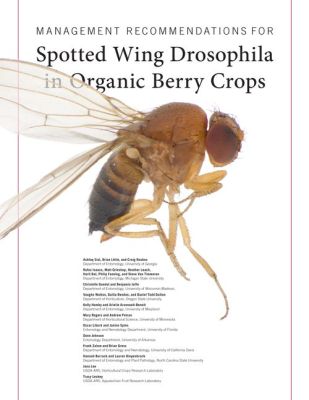
Organic management of spotted wing Drosophila
Organic growers have to take their insect IPM program to another level to be successful against this challenging invasive insect pest. This project is developing non-chemical control options that can be combined to reduce the level of SWD pest pressure. This has included biological control, behavioral modifications, mulches, and sterilants plus we have evaluated organic insecticides and adjuvants for their effects on this pest. Our extension efforts have included coordinated project webinars and publishing a guide to organic management of this pest. This information is all compiled at the eOrganic website: https://eorganic.info/spottedwingorganic/resources
